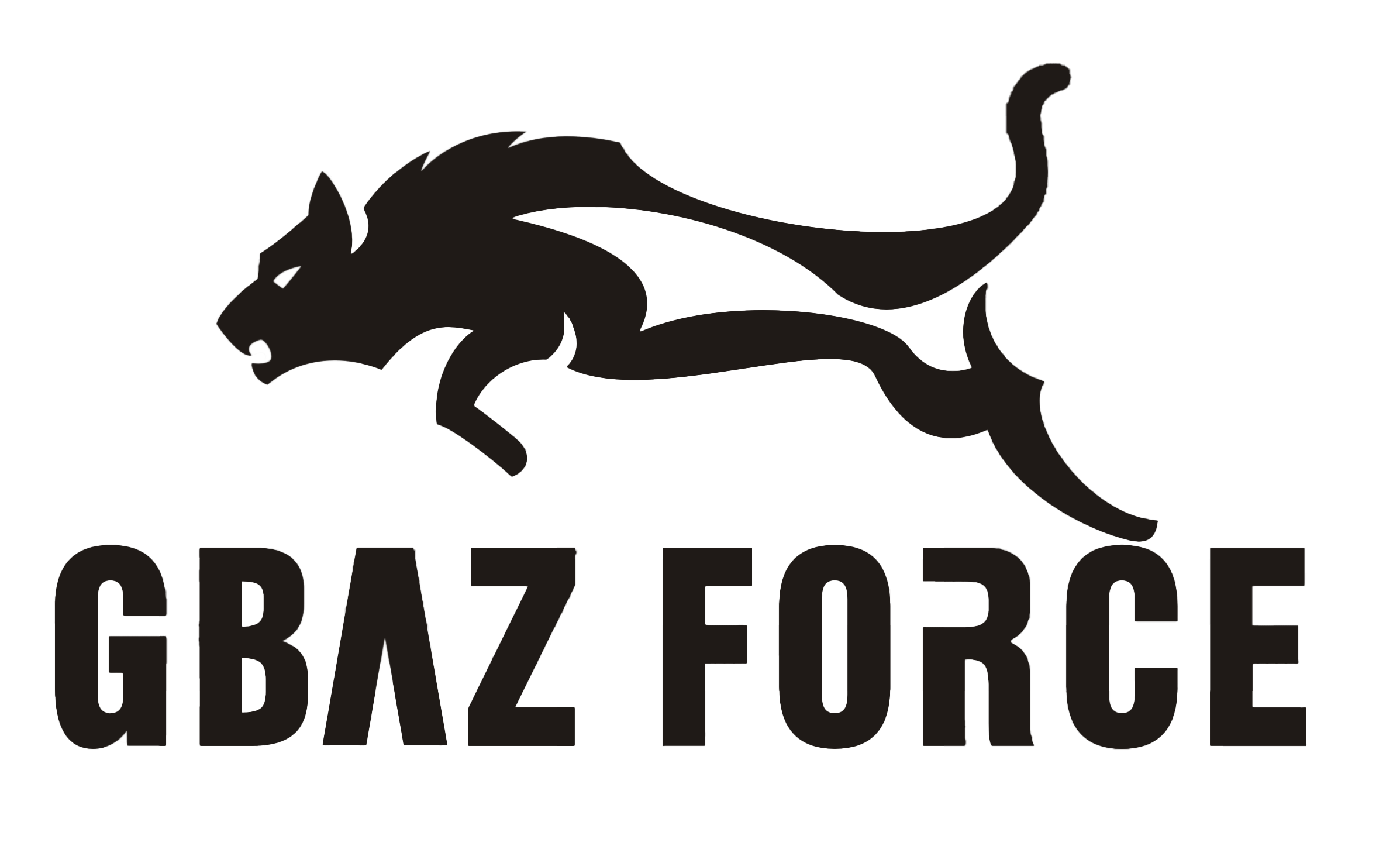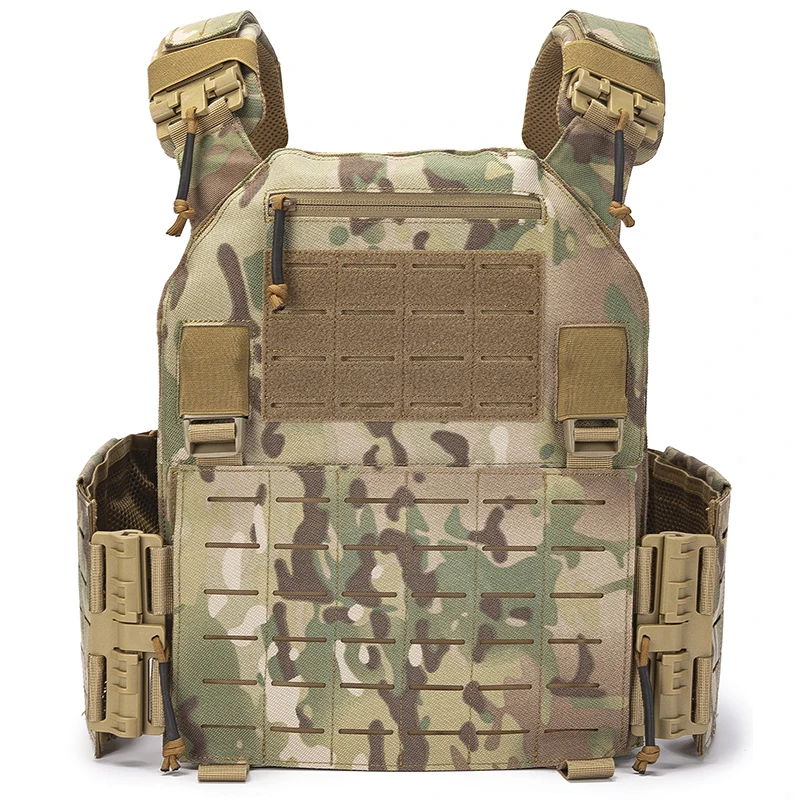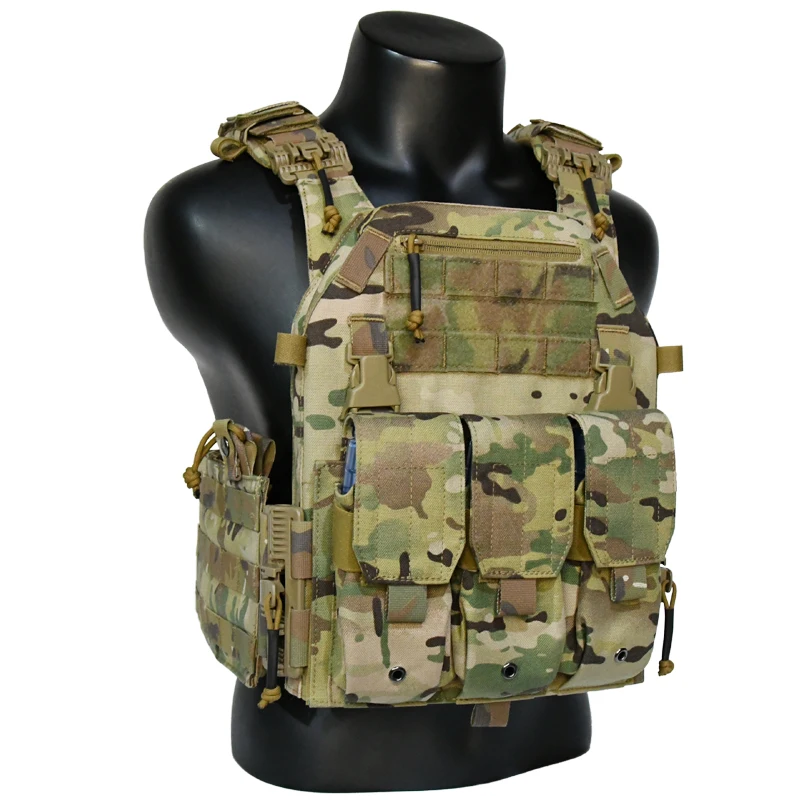Tactical Gear
PRODUCTS
Enhance Your Tactical Vest System
Modular Adaptability: The Key to Versatility
A truly effective tactical vest system isn't a one-size-fits-all solution. It should be modular, allowing you to customize it based on the specific mission or situation. This adaptability is paramount. Think about the difference between a high-speed urban environment and a long-range patrol in the wilderness. Your needs in terms of load-bearing capacity, protection, and accessibility to equipment vary greatly. A modular system allows you to quickly and easily switch out pouches, plates, and other accessories to match your changing requirements. Investing in a high-quality, well-designed modular vest platform is crucial for long-term success. Look for vests with a variety of attachment points, compatible with different manufacturers’ pouches and accessories, to maximize your choices.
Consider the different types of pouches available: general-purpose pouches, specialized mag pouches for specific weapons, radio pouches, medical pouches, and utility pouches. Each pouch should be strategically placed for quick and intuitive access. The placement itself should be determined by the frequency of access – frequently used items should be easily reachable, while less frequently used items can be placed in less accessible areas.
Comfort and Ergonomics: Avoiding Fatigue and Maintaining Focus
A poorly designed or ill-fitting vest can significantly impact your performance. Discomfort can lead to fatigue, decreased situational awareness, and reduced effectiveness. A comfortable vest is crucial. Look for vests made from breathable materials, such as mesh or ventilated fabrics, to prevent overheating and moisture buildup, especially during extended use in challenging conditions. Consider the weight distribution of the vest and its contents. Evenly distributing the weight across your torso minimizes strain and fatigue, ensuring you can operate effectively for prolonged periods.
Adjustability is another key aspect of comfort. The vest should have adjustable straps and cummerbunds to ensure a proper and secure fit. A snug but not restrictive fit is essential, preventing the vest from shifting or riding up during movement. Properly fitting shoulder straps are particularly important to reduce shoulder strain. Investing in a quality vest with superior ergonomic design will significantly enhance your comfort and operational effectiveness.
Protection: Balancing Weight and Security
The primary function of a tactical vest is protection. The level of protection required will vary depending on the specific threat environment. However, even in low-threat scenarios, proper protection is still essential. Consider the type of ballistic protection the vest offers and its level of protection against various threats. This might range from basic soft armor to more robust hard armor plates providing protection against rifle rounds.
Finding the right balance between protection and weight is crucial. Heavier vests offer greater protection but can significantly impact mobility and stamina. Consider the trade-offs between protection level and weight based on your specific needs and the type of missions you typically undertake. Remember that a heavy, cumbersome vest can hinder your performance just as much as a lack of protection.
Maintenance and Durability: Extending the Lifespan of Your Investment
Your tactical vest is a significant investment. Proper maintenance is vital to ensuring its long-term performance and extending its lifespan. Regularly inspect your vest for any damage or wear and tear. Clean it according to the manufacturer's recommendations to prevent the build-up of dirt, grime, and sweat, which can degrade the materials and affect its performance. Proper storage, when not in use, is also important to protect it from damage and degradation.
Investing in a high-quality, durable vest will pay dividends in the long run. A well-maintained vest will provide reliable protection and performance for years, justifying the initial investment. Remember that a worn-out or damaged vest compromises your safety and operational effectiveness.
SUBSCRIBE
INQUIRY










